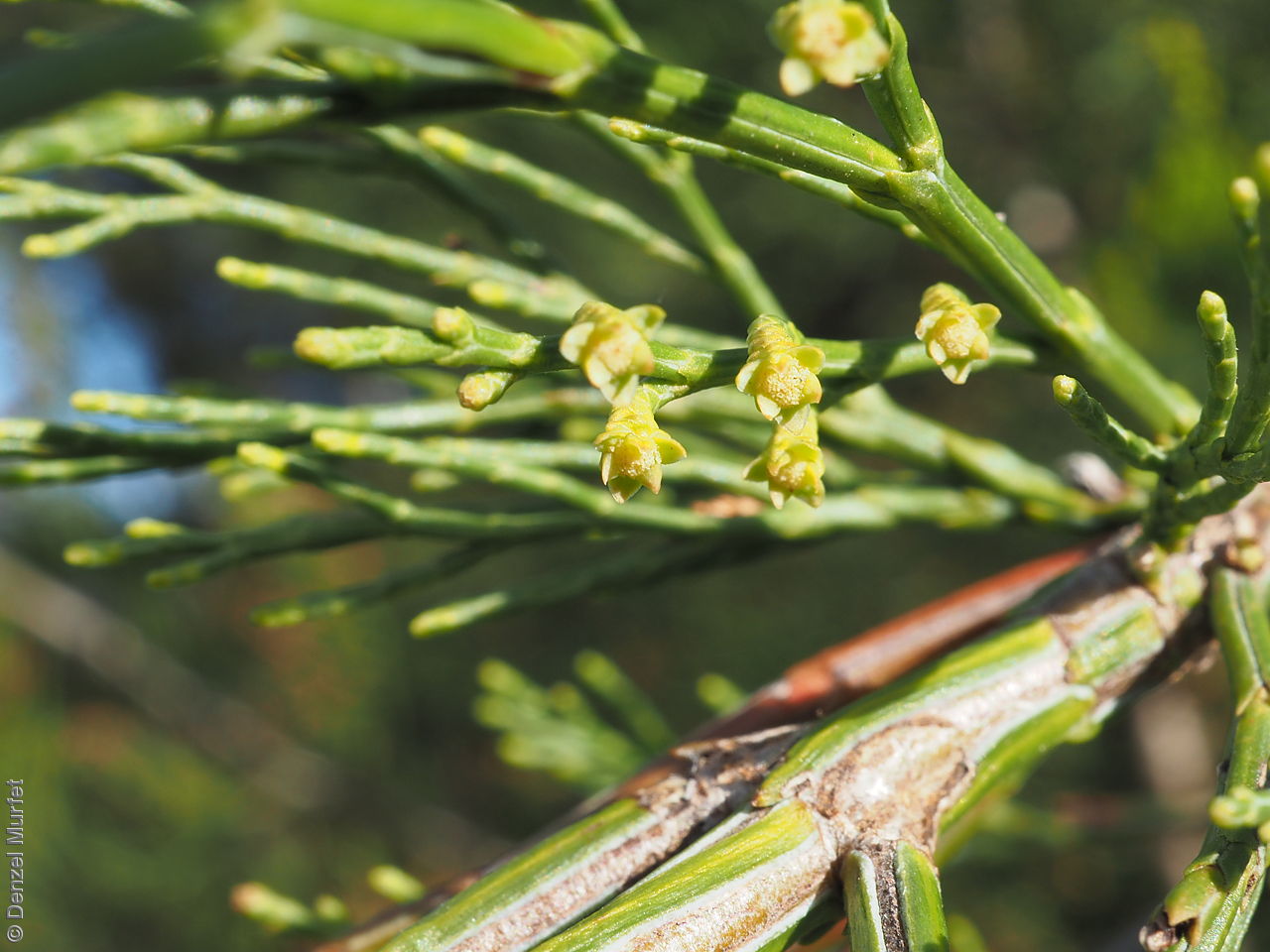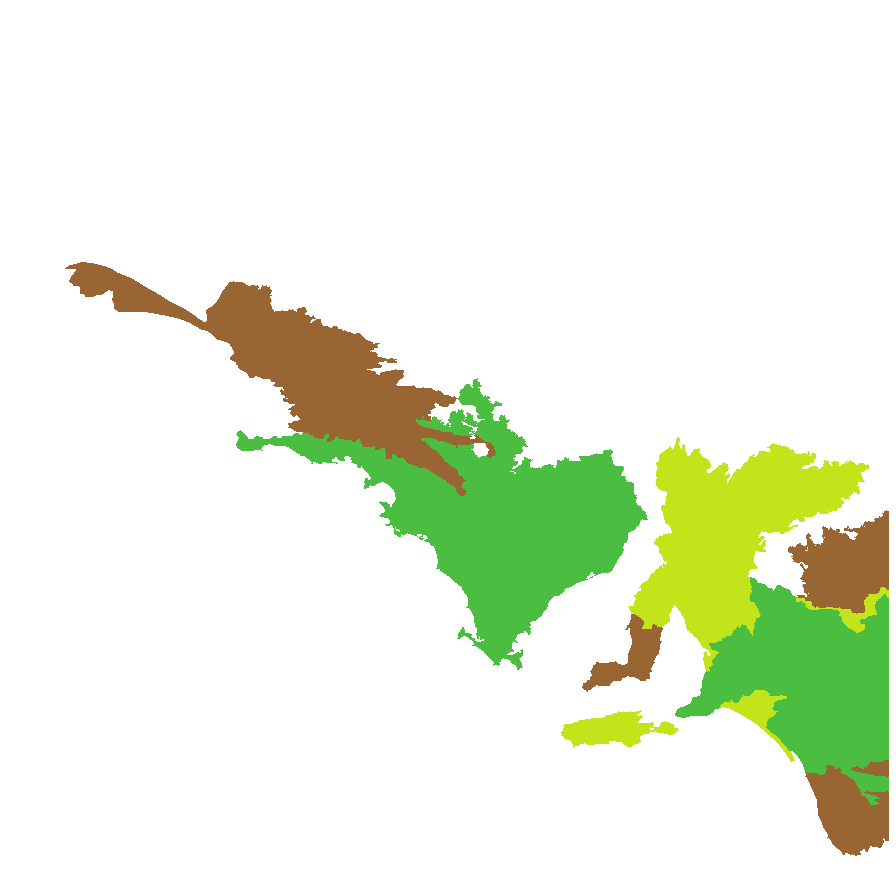












Botanical art
Prior names
Callitris gracilis ssp. murrayensis
Callitris robusta
Callitris preissii ssp. murrayensis
Callitris propinqua
Callitris preissii, partly
Common names
Slender Cypress-pine
Southern Cypress Pine
Native Pine
Etymology
Callitris from the Greek 'kalos' meaning beautiful and 'treis' meaning three, referring to the arrangement of the leaves in whorls of three. Gracilis from Latin meaning graceful or slender, alluding to the form of the species.
Distribution and status
Found in the Mount Lofty Ranges, Eyre and Yorke Peninsulas and Kangaroo Island, growing in woodlands, mallee and open scrub on shallow limestone soils to deep acid sands. Also found in New South Wales and Victoria. Native. Common in South Australia. Common in the other States.
Herbarium regions: Flinders Ranges, Eastern, Eyre Peninsula, Northern Lofty, Murray, Yorke Peninsula, Southern Lofty, Kangaroo Island, South Eastern, Green Adelaide
NRM regions: Adelaide and Mount Lofty Ranges, Eyre Peninsula, Kangaroo Island, Northern and Yorke, South Australian Murray-Darling Basin, South East
AVH map: SA distribution map (external link)
Plant description
Erect pine-like tree to 20 m tall or straggly tree in less favourable habitats, with separate male and female parts on the same tree. Leaves to 4 mm long, dark green, occasionally glaucous; outer side rounded. Fruits are grey-brown round woody cones to 4 cm diameter with wrinkled surface and scattered tubercles, single or in groups of 2 or more. Seeds are brown ovoid seeds to 5 mm long and 3 mm wide, with wing to 3 mm wide on either side.
Seed collection and propagation
Collect seeds between January and December. Collect cones that are not open but large, hard and dark. These will contain maturing seeds. Place the cones in a tray and leave to dry for 3-5 weeks to allow the cones to open naturally. Then shake the cones in a bucket to dislodge the seeds. Use a sieve to separate the seeds from the cones. Store the seeds with a desiccant such as dried silica beads or dry rice, in an air tight container in a cool and dry place. Seed viability can be average. Viable seed should germinate readily, if stored in a fridge prior to sowing in winter.
| Location | No. of seeds (weight grams) | Number of plants | Date collected | Collection number Collection location | Date stored | % Viability | Storage temperature |
|---|---|---|---|---|---|---|---|
| BGA MSB | 1,800 (15.4 g) 1,800 (15.4 g) | 15 | 16-Sep-2003 | PJA26 Murray | 23-Mar-2006 | 25% | -18°C |
| BGA | 44,457 (378.44 g) | 54 | 25-May-2004 | MKJ34 South Eastern | 23-Mar-2006 | 60% | -18°C |
Number of plants: This is the number of plants from which the seeds were collected.
Collection location: The Herbarium of South Australia's region name.
% Viability: Percentage of filled healthy seeds determined by a cut test or x-ray.